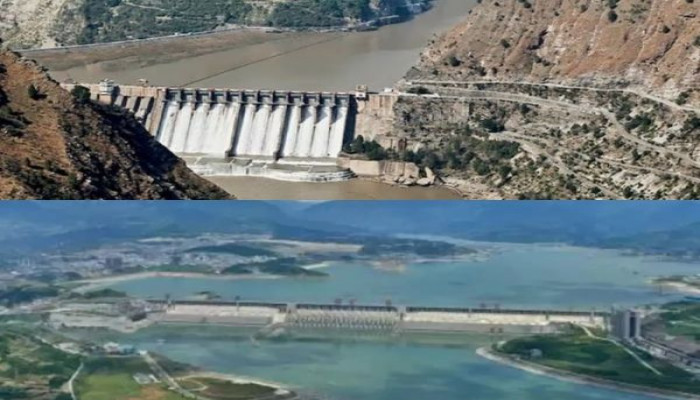India expedites work on Dibang Dam to counter China’s largest hydropower project on Brahmaputra
- In Reports
- 06:13 PM, Sep 16, 2025
- Myind Staff
India has accelerated the pace of work on the Dibang Multipurpose Project in Arunachal Pradesh due to rising concerns about China's plan to build the world’s largest hydropower station on the Yarlung Tsangpo in Tibet.
The Dibang dam is being overseen by NHPC Limited and will be India's tallest dam at 278 meters. It is designed with two purposes, which are to generate power of 2,880 megawatts and to control floods. The project has a total cost of ₹31,875 crore and includes a recently issued global construction tender worth ₹17,069 crore for the main dam. The project is expected to be finished by 2032 within a 91-month timeline.
This project is important for mitigating potential water flow problems or sudden releases from China's Motuo Dam. India fears this could either dry up the Siang Brahmaputra River system or cause destructive floods. The Dibang River is a major part of the Brahmaputra, which contributes about seven per cent of the annual water flow. It originates near the Tibet border and travels 195 kilometres through Arunachal Pradesh before joining the Lohit in Assam.
By keeping its reservoir level below capacity during the monsoon season, the dam will provide 1,282 million cubic meters of flood cushioning. This will greatly lessen flood damage in Assam and the rest of Northeast India. Arunachal Pradesh is expected to receive ₹700 crore annually in free power once the dam becomes operational, which will be a major economic boost for the state.
The project also has a wider strategic value. Following recent reports about China's Motuo Hydropower Station, which is expected to be larger than the Three Gorges Dam, India sees the Dibang dam as both a source of energy and a strategic protection reservoir. Indian officials, including Chief Minister Pema Khandu and NHPC leaders, have visited the site. They have emphasised its role in protecting against Beijing's actions upstream. Even with an improvement in relations between India and China after the 2020 Galwan clash and the Modi-Xi talks at the SCO Summit, India remains cautious.
India is concerned that China may use water flows as a geopolitical lever or even as a "water bomb." Because of this, the Dibang Multipurpose Project stands out as a crucial buffer infrastructure. It combines energy security with strategic protection for the Brahmaputra basin.







Comments